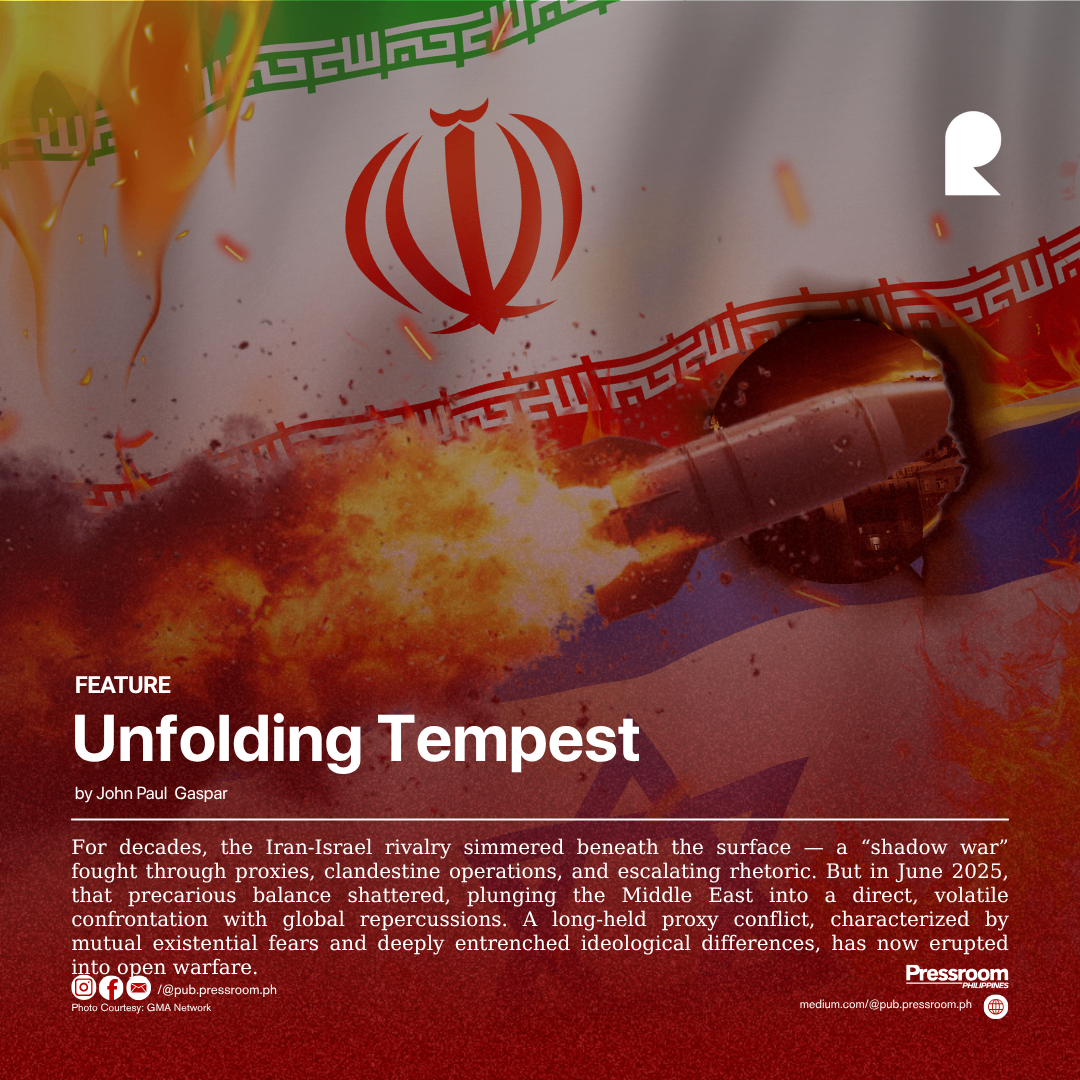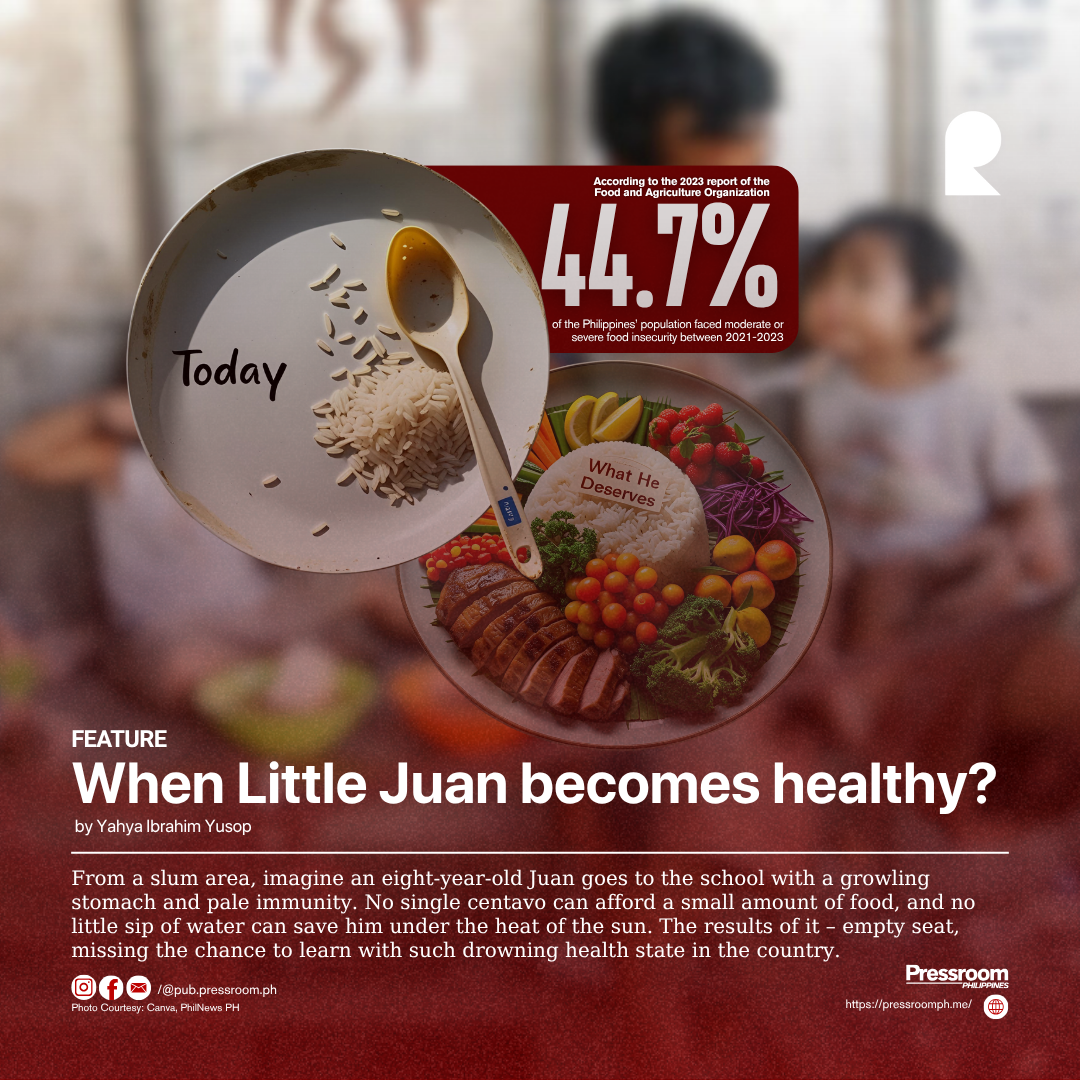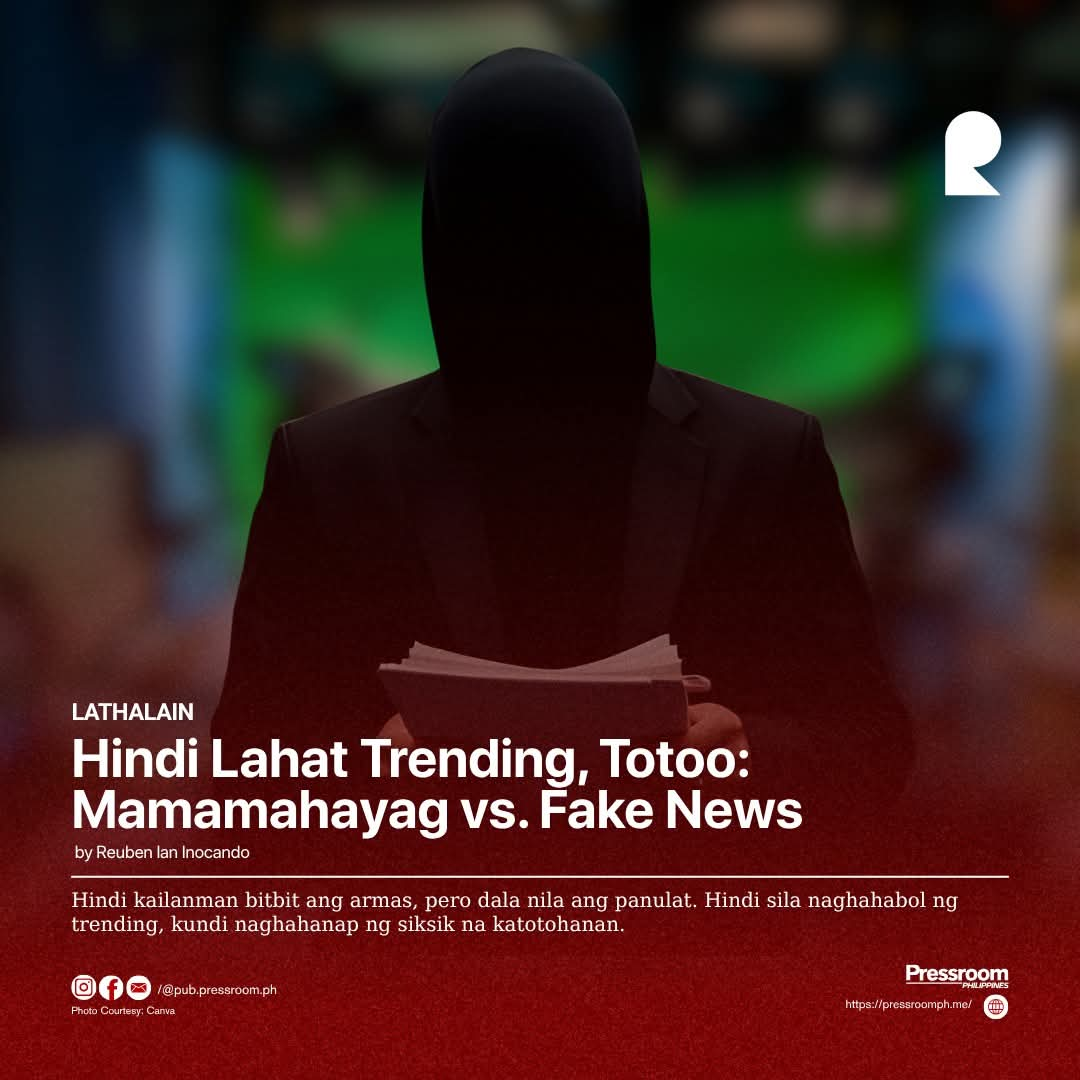𝘃𝗶𝗮 𝗝𝗼𝗵𝗻 𝗣𝗮𝘂𝗹 𝗚𝗮𝘀𝗽𝗮𝗿
For decades, the Iran-Israel rivalry simmered beneath the surface — a “shadow war” fought through proxies, clandestine operations, and escalating rhetoric. But in June 2025, that precarious balance shattered, plunging the Middle East into a direct, volatile confrontation with global repercussions. A long-held proxy conflict, characterized by mutual existential fears and deeply entrenched ideological differences, has now erupted into open warfare.
The conflict’s genesis lies in a complex tapestry of historical grievances, geopolitical ambitions, and profound mistrust that has defined their relationship since the 1979 Iranian Revolution. Under the Shah, Iran was once a covert ally of Israel; however, the Islamic Republic’s fervent anti-Zionist stance fundamentally altered this dynamic. Iran’s steadfast support for Palestinian groups like Hamas and Lebanese Hezbollah, coupled with its pursuit of a nuclear program, became red lines for Israel, which views Tehran’s ambitions as an existential threat.
𝙁𝙧𝙤𝙢 𝙎𝙝𝙖𝙙𝙤𝙬 𝙩𝙤 𝘿𝙞𝙧𝙚𝙘𝙩 𝙎𝙩𝙧𝙞𝙠𝙚𝙨
The escalation into direct military engagement in June 2025 was not an overnight phenomenon. For years, Israel had conducted strikes against Iranian assets in Syria, reportedly assassinated Iranian nuclear scientists, and sought to disrupt Tehran’s regional influence. Iran, in turn, consistently vowed to retaliate, with its extensive arsenal of missiles and drones, coupled with a vast network of proxies, providing the means.
The tipping point appears to have been a series of Israeli strikes targeting Iranian nuclear infrastructure and military leaders. While details remain murky, these actions were deemed by Tehran as a severe provocation, prompting a direct and unprecedented missile barrage on Israeli territory. Israel’s Magen David Adom rescue services reported casualties and heavy damage in its south, with waves of missiles forcing Israelis into bomb shelters. In retaliation, Israel intensified strikes on Iranian cities, continuing until a tentative ceasefire, brokered by the United States, was announced.
However, this ceasefire has proven to be incredibly fragile. Reports of continued bombardments from both sides highlight the immense difficulty in de-escalating a conflict fueled by decades of animosity. The terms of the truce remain unclear, and the true extent of damage to Iran’s nuclear program following the intense strikes is still being assessed.
𝘼 𝙍𝙚𝙜𝙞𝙤𝙣 𝙤𝙣 𝙀𝙙𝙜𝙚
The war between Iran and Israel carries immense weight, not just for the immediate combatants but for the entire world. The economic implications are already being felt. The conflict has spurred volatility in global energy markets, with Brent crude and natural gas prices witnessing significant increases. The strategic Strait of Hormuz, a critical chokepoint for global oil flows, remains a major concern, with any disruption threatening severe price spikes and supply chain issues worldwide. Maritime shipping and aviation routes have already been rerouted, leading to increased costs and longer travel times.
Beyond economics, the human cost is mounting. Reports from Gaza’s Health Ministry indicate a devastating toll on Palestinian lives amidst intensified Israeli assaults, with dozens killed, including aid seekers. In Israel, Iranian strikes have also resulted in fatalities. The conflict is accelerating regional realignments, forcing Gulf states to reassess security partnerships and prompting global powers like China and Russia to solidify their strategic footholds in the region.
𝘼𝙣 𝙐𝙣𝙘𝙚𝙧𝙩𝙖𝙞𝙣 𝙁𝙪𝙩𝙪𝙧𝙚
As the dust settles — albeit temporarily — after the initial intense exchanges, the path forward remains fraught with uncertainty. The current ceasefire is tenuous, and the underlying ideological and strategic divisions persist. The international community, particularly the United States, is actively engaged in diplomatic efforts to prevent a wider regional conflagration.
The Iran-Israel war of June 2025 serves as a stark reminder of the volatile nature of the Middle East. It underscores the critical need for de-escalation, sustained diplomatic engagement, and ultimately, a comprehensive resolution to the deep-seated conflicts that continue to destabilize the region and reverberate across the globe.
The world watches with bated breath, hoping this tempest can be quelled before it unleashes an even greater storm.






